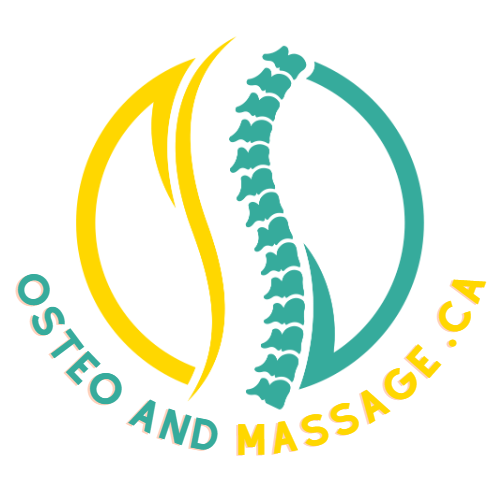What is Osteopathic Therapy?
Osteopathic Therapy is a Holistic Approach to Health
Osteopathic Therapy, founded in 1874 by Dr. Andrew Taylor Still, is a form of alternative medicine that takes a holistic approach to health and wellness. It is based on four fundamental principles that guide its philosophy and practice.
- The body is a unit: Osteopathy recognizes that the human body is a complex and interconnected system. All body systems, including the musculoskeletal, nervous, circulatory, and respiratory systems, are interrelated and work together to maintain overall health. Rather than viewing the body as separate parts, osteopathic therapy considers it as a whole, with each part influencing and being influenced by the others.
- Structure governs function: This principle emphasizes the importance of the body's structure in determining its proper function. When the structural integrity of the body is compromised, such as through misalignments, restrictions, or imbalances, it can lead to symptoms and health issues. Osteopathic therapists assess and address structural dysfunctions to restore proper function and promote healing.
- The body is capable of self-regulation, self-healing, and health maintenance: Osteopathy recognizes the body's inherent ability to regulate itself and heal. Osteopathic therapists focus on supporting the body's self-healing mechanisms by removing obstacles to health and optimizing its natural processes. This can involve various manual techniques and treatments aimed at facilitating the body's self-regulatory abilities.
- The rule of the Artery is Supreme: Osteopathy places great importance on the role of blood flow and circulation in maintaining optimal health. A well-functioning circulatory system ensures the delivery of vital nutrients, immune cells, and healing properties to tissues and organs throughout the body. Osteopathic therapists pay attention to fluid dynamics and work to improve blood flow, lymphatic drainage, and overall tissue perfusion.
Osteopathic therapy is a versatile treatment approach that can address various dysfunctions and aid individuals in finding relief from issues that impact all twelve body systems, including the nervous, reproductive, muscular, respiratory, circulatory, digestive, endocrine, skeletal, integumentary, urinary, lymphatic, and immune systems. Osteopathy can effectively assist with a wide range of conditions and concerns related to these systems including relief from issues such as anxiety, nerve pain, fertility challenges, digestive disorders, colitis, liver and kidney problems, structural misalignments, pain reduction, and improvements in functional movement
It's worth noting that DD Palmer, trained under Dr. Andrew Taylor Still, who founded Osteopathy in 1874, before establishing the Chiropractic practice in 1895. While both disciplines share some similarities, they have distinct approaches and techniques. Osteopathic therapy typically focuses on a broader range of techniques and takes into account the interconnectedness of the body systems, while chiropractic primarily centers around the spine and nervous system.
By embracing the principles of osteopathy, individuals can experience the benefits of a holistic and patient-centered approach to healthcare aiming to restore balance, promote self-healing, and support overall well-being. Osteopathic therapists work to restore balance, support self-healing, and enhance overall health and well-being. Through a combination of manual techniques and patient education, osteopathic therapists strive to optimize health and enhance the body's natural healing abilities.
